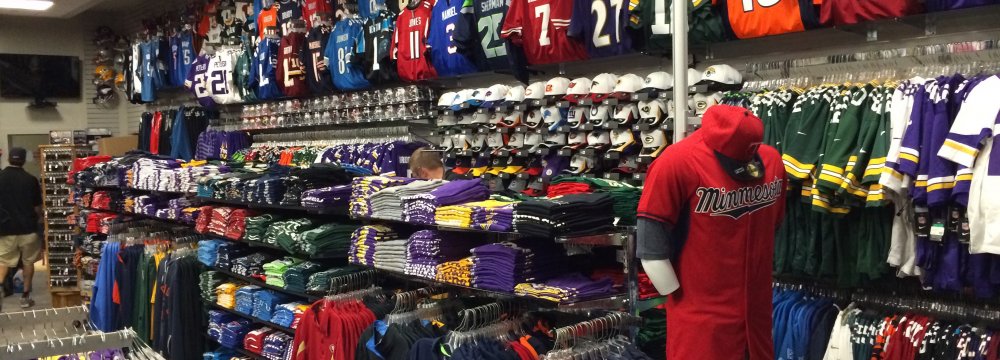A look at the hustle and bustle of sportswear and sports equipment shopping centers suggests that the industry must be thriving in the country. However, the reality proves the contrary.
Experts and businesspeople active in this sector believe that the overlapping of the responsibilities of different guilds has prevented proper policymaking in the industry. They say regulations need to be reconsidered if progress is to be made, the Persian daily Forsat-e Emrooz reported.
“Some 1,200 licensed sportswear and sports equipment production units are active across the country, 90 of which are operating in Tehran. Yet, most of the goods in the market are produced by units operating illegally,” said Mohammad Aminzadeh, the head of Sports Equipment Producers and Sellers Union.
The reason for this, according to Aminzadeh, is high production cost, taxes and insurance fees.
Producers prefer to operate illegally so they can cut these expenses and be able to keep their businesses running.
“This results in the production of low quality goods. The market is replete with sportswear and equipment such as ping pong tables produced in this way, on some of which logos of foreign brands are printed to deceive the customer as to their origin,” he said.
What causes great damage to the local industry, according to Aminzadeh, is the high rate of smuggling and the negligence of officials toward domestic products.
“At present, Iranian products have only a 20% share of the market and the rest belongs to imported and smuggled goods,” he said.
“Another problem facing producers is the lack of defined standards against which the products produced in the country can be measured. This is why we cannot compete in the international market.”
Aminzadeh noted that to export our products, officials need to define standards for producers.
“Until 15 years ago, we had exports of sports shoes to Russia, but now our industry has lost its ability to compete with foreign brands. Our production of sportswear has reduced to a fifth in the past few years,” he said.
The official believes that under the current circumstances, new investments are doomed.
“I would say we are lucky if we manage to keep the active units on their feet. This is very unfortunate, since the industry, if up and running, can bring along a high added value and create numerous job opportunities for the skilled workforce,” he said.
“To have a lively market to compete in, tariffs on these products must be set between 16% and 25%.”
Aminzadeh blames mismanagement for the rampant smuggling in the market and the consequent closure of many firms in this sector.





